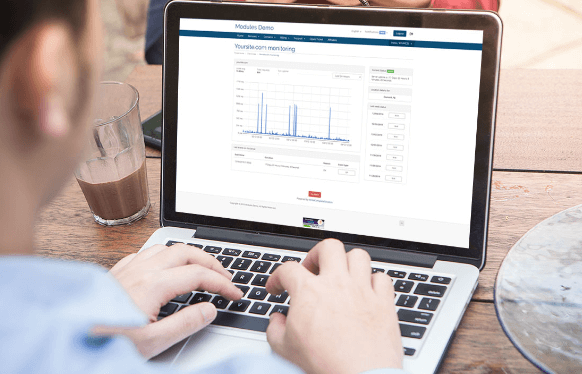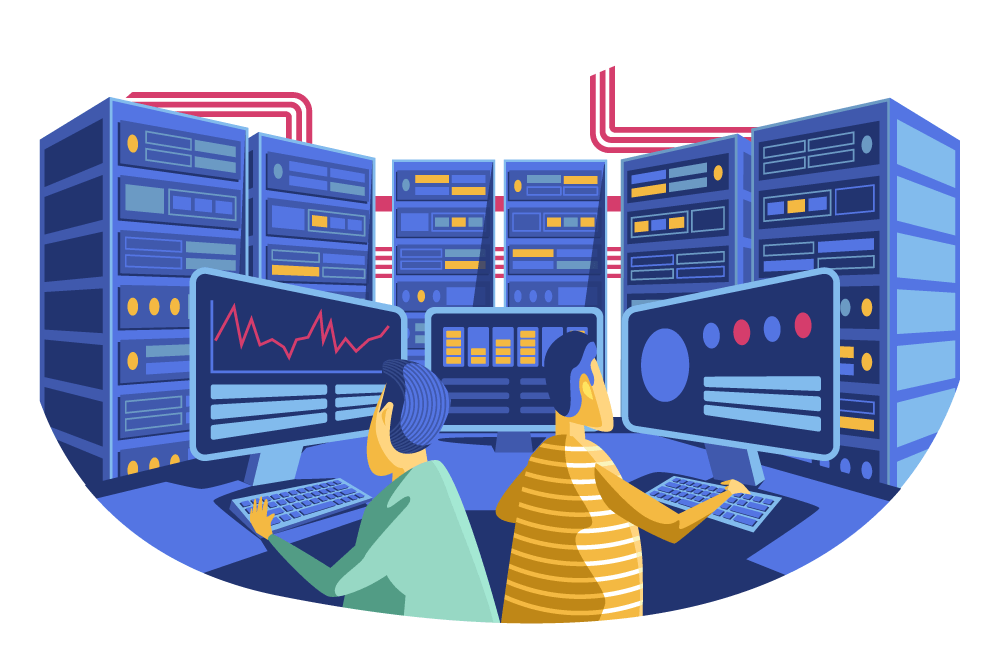Everyone on the internet experiences website outages at some point. To avoid the harmful
impact of downtime, you must constantly have a monitoring service. The following are the top
four reasons why your website is unavailable:
| Causes |
How to prevent it? |
| Overloading of server |
Use a Content Delivery Network (CDN) |
| Cyber attacks |
Select a dependable web host |
| Software & Hardware issues |
Use a website monitoring service |
| Unspecified causes |
Frequent data backup |
1. Overloaded Server
If your website is hosted on a shared server by your host, your host may suspend or remove
your site to protect other sites if there is a large surge in traffic. Similarly, if other
sites on the server have high traffic as a result of a bad neighbor effect, your site’s
availability may suffer. If your host is unable to handle the unexpected surge in web
traffic, your site may crash or lose much of its functionality. Another cause could be that
your server host is updating their system and has to take your site down for a while. Our
Website traffic monitoring tool can help.
2. Cyber-attack with malicious intent (DDoS)
Always be on the lookout for any unusual traffic patterns. This unusually high volume of
visits to your website could be a hacker or virus effort to trigger a massive outage.
Attempt a DDoS (Distributed Denial of Service) attack against your site, in which a network
of systems transmits a large amount of fictitious traffic with the sole purpose of bringing
the site down. As a result, if the site’s security standards aren’t up to date, the site is
extremely vulnerable to attacks. Using a reliable Website traffic monitoring tool can also
help you eliminate possible threats.
3. Issues with hardware and software
Surprisingly, power disruptions continue to be the leading cause of catastrophic outages
around the world. Amazon blamed a hardware breakdown for a severe outage in 2010. In the
absence of a regular hardware maintenance and service schedule, an unexpected breakdown
could occur, resulting in downtime. On the software front, having older and incompatible
WordPress plugins and themes installed could make it difficult for users to access your
site.
4. Unspecified causes
According to a study, human errors account for more than 40% of outages, including:
⦁ Unplugging a cord by accident when working with a server
⦁ Servers are handled
incorrectly and in a rough manner.
⦁ Improper code review or carelessness
In 2017, Amazon had several hours of outage after an employee performed code that included a
tiny error, causing a large number of servers to go offline, rendering AWS services
unreachable for three hours. Aside from all of this, unpredictable variables such as natural
disasters might have a significant impact on your services.







